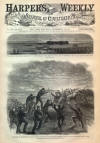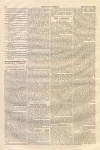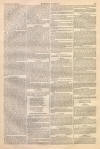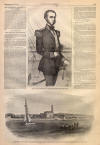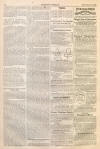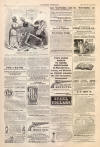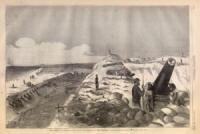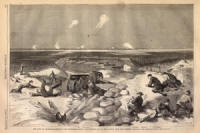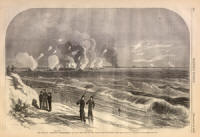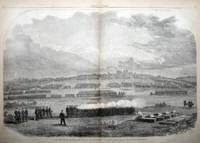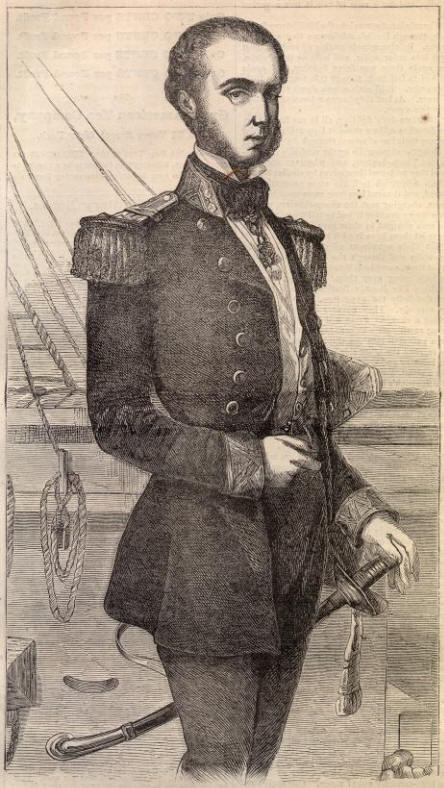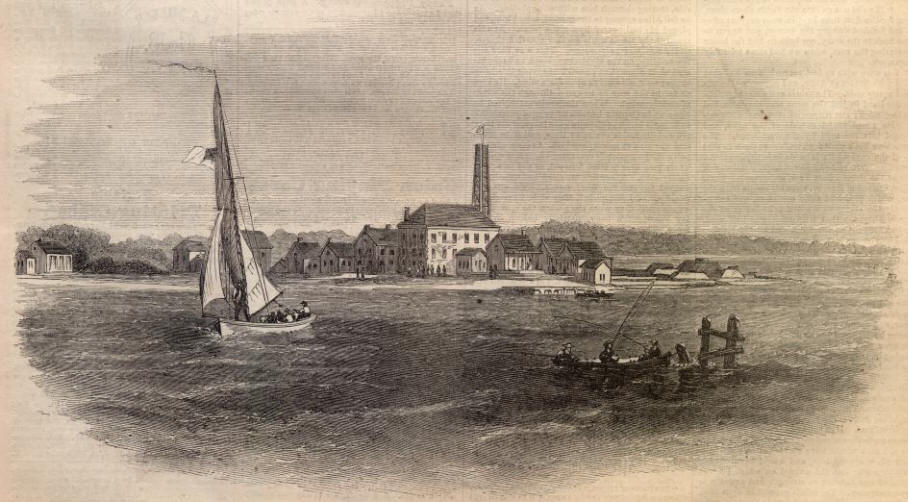|
This Site:
Civil War
Civil War Overview
Civil War 1861
Civil War 1862
Civil War 1863
Civil War 1864
Civil War 1865
Civil War Battles
Confederate Generals
Union Generals
Confederate History
Robert E. Lee
Civil War Medicine
Lincoln Assassination
Slavery
Site Search
Civil War Links
Civil War Art
Mexican War
Republic of Texas
Indians
Winslow Homer
Thomas Nast
Mathew Brady
Western Art
Civil War Gifts
Robert E. Lee Portrait
|
THE ARCHDUKE MAXIMILIAN, OF AUSTRIA, PRETENDED
EMPEROR OF MEXICO.
THE
ARCHDUKE MAXIMILIAN,
OF AUSTRIA.
WE publish herewith a portrait of
the ARCHDUKE MAXIMILIAN, OF AUSTRIA, who has been named by the French officers
in Mexico Emperor of that country. The Archduke is a man of middle age, and a
sailor by trade. He enjoys a fair reputation in his own country, and has been
well spoken of by foreigners who have known him. Some years ago he married the
daughter of King Leopold of Belgium, one of the most sensible and upright of
sovereigns. Whether or no he will fall into the trap laid for him by the Emperor
of the French remains to be seen. The first intelligence was that he would
unhesitatingly accept. But since then his views appear to have undergone some
modification, possibly under good advice from his father-in-law. Mr. Motley's
excellent opinions, expressed to Count Rechberg, may not have been without their
weight upon the mind of the Archduke.
THE
SIEGE OF CHARLESTON.
WE continue in this number our
illustrations of the siege of Charleston, from sketches by our correspondent,
Mr. Theodore R. Davis. On page 609 we give a picture of the
CHARGE OF THE TWENTY-FOURTH MASSACHUSETTS REGIMENT ON REBEL RIFLE-PITS.
Mr. Davis writes, "A sand-hill
had been taken advantage of by the rebels as a cover for a number of
sharp-shooters, who constantly annoyed our sappers with their pinging Minies.
This was not to be overlooked for a moment, and the rebels left the place not to
return."
The New York Times correspondent
says:
One of the most brilliant events
that has been witnessed on the island since the inauguration of the siege
movements, occurred last Wednesday night—an event in which the Twenty-fourth
Massachusetts regiment bore a worthy and conspicuous part, and which resulted
most advantageously for the Union side. Prior to the event of Wednesday night,
four parallels, with the usually accompanying approaches, had been built. Beyond
the fourth parallel a sap had been commenced which was being extended toward
Wagner as fast as the circumstances would allow. At night our pickets were
thrown out fifty yards to the front, which brought them to within about fifty
yards of the rebel pickets. Between the opposing pickets was a ridge of sand
which it was very essential we should occupy in order to facilitate engineering
movements. The rebels also understood the importance of the position, and every
night had sent two or three regiments to hold it. As will be seen, however, they
were behind time on this occasion, and so lost the ground. The Twenty-fourth
Massachusetts, Colonel F. A. Osborne, was on duty in the trenches at the time.
Just before dark, in accordance with orders issued, the batteries on the right,
that is, in the parallels, commanded by Captains Jos. J. Comstock, Charles G.
Strahn, Albert Green, and Lieutenant George Green, of the Third Rhode Island
Artillery, also, Captain Skinner, of the Seventh Connecticut, who commands a
battery of mortars, were opened simultaneously on Wagner and the rifle-pits
between the fort and the ridge and on the ridge itself. After fifteen minutes of
deafening cannonading, our guns having been replied to by the enemy from Wagner,
Gregg, and Simpkins, the firing on our side was directed particularly to points
beyond the ridge, and the Twenty-fourth, who were near at hand, was ordered to
dash forward and seize that ground. In a moment the men leaped over the
parallel, and in another moment were passing up the ridge. One company of the
Sixty-first North Carolina were in the rifle-pits, but before they knew then own
senses were surrounded and taken prisoners. Our men then placed themselves in a
state of defense by throwing up an earth-work which had increased before morning
to the dimensions of a parallel, making a number of five in the series. It can
not be said the company of North Carolinians fought obstinately in the defense
of the ridge, for they, in the first place, were too few in numbers, and in the
second place, were too quickly surrounded. What our men had most to fear was the
canister and grape from Wagner. The range was short—only 150 yards, and it
required a lively handling of spades to put up to protection. From the time the
guns were opened to the moment the Twenty-fourth were on the summit of the
ridge, thirty minutes had elapsed.
The regiment lost two killed,
eight wounded, and one missing. The rebel loss was four killed, eight wounded,
and sixty-eight prisoners, including two lieutenants. In fact, the entire rebel
company, with the exception of the Captain and two or three privates, were
either killed, wounded, or captured.
We gained a portion of ground,
the possession of which enabled the engineers to go on with the approaches
toward Wagner. We now have the fifth parallel and a sap extending therefrom, the
head of which is but one hundred yards from the rebel fort. Numerous rifle-pits
of the enemy, which were filled with sharp-shooters, have been leveled, and he
has been forced to contract his boundary limits. In a word, we have materially
added to the chances of a speedy capture of Wagner.
On pages
612 and
613 we
illustrate FORT WAGNER.
Mr. Davis writes:
"MORRIS ISLAND, September 8.
"The fact that our approaches had
reached the ditch of Wagner had scarcely time to be known when it was noised
about that we were to storm the place the coming dawn. Ere this could be done
the wily foe had left us the possessors of Morris Island,
"That spades are again trumps
seems unquestioned; and it may not be out of place to mention the fact that all
engaged in the work of the reduction of the rebel works performed their
respective duties admirably.
"Who was the very first to enter
Wagner is a much-mooted question. Certain it is, however, that Sergeant
Vermillion and five men of the Thirty-ninth Illinois regiment were in the fort
as soon as any one. Almost simultaneous with their entrance was that of Captains
Walker and Pratt, of the Engineers, and Lieutenant Michie, of
General Gilmore's
staff.
"My sketches give views of the
fort—one showing the dismantled condition as well as the natural strength of the
work; the other the scene of the charge made on the 18th of July, our men having
got into this portion of the work at that time. In the fore-ground of this
sketch is shown an incident of hourly occurrence.
"The attack upon Gregg, though
well planned, was discovered, and proved unsuccessful.
"After having sketched Fort
Wagner I started for Battery Gregg, and had nearly reached that place, after a
most unpleasant tramp under a constant fire, when old Sol sent an unusually hot
beam, and the next known I found myself much nearer Wagner than Gregg, and a
copious drenching of the salt-water of the ocean going on. Asking where I was
hit, I was told 'twas sun-stroke; and a remark shortly afterward made by one of
our brave defenders, that 'the artist man was luney,' suggested to my mind that
a speedy leave-taking of my soldier friends might be advisable. This is the
reason why no sketch of Battery Gregg is presented with this package of
sketches.
"The picture of
THE IRON-CLADS ENGAGING THE WORKS
UPON
SULLIVAN'S ISLAND,
sketched from the beach of Morris
Island, gives, I think, the most comprehensive view of the scene.
"How reckless men become after a
period of constant exposure to shell fire can be seen by the entire indifference
exhibited by the soldiers upon the beach, who take their usual tramps under the
constantly-bursting shells with a nonchalance almost wonderful."
On this page we give
FORT JOHNSON AND JOHNSONVILLE,
SKETCHED
FROM BLACK ISLAND.
Mr. Davis writes: "During a
little jaunt with Colonel Serrell, a few days since, being in quest of sketches,
I found the scenes that I send to you—the Colonel's very excellent glass
rendering it (Next Page)
THE SIEGE OF CHARLESTON—JOHNSONVILLE AND REBEL
FORTIFICATIONS.—[SKETCHED FROM BLACK ISLAND BY MR. THEODORE R. DAVIS.]
|
